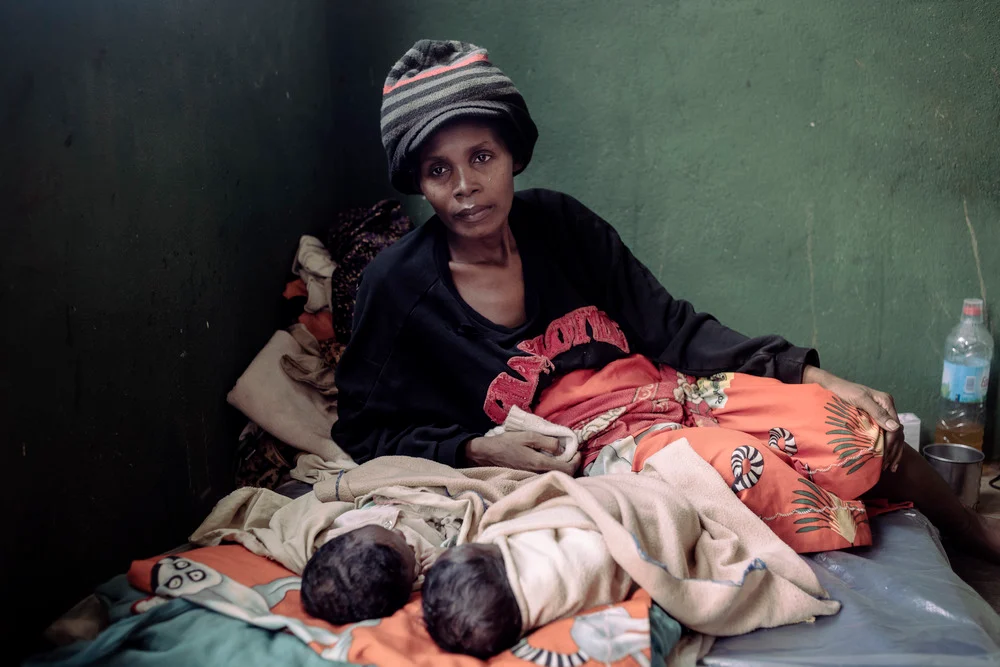
Southern Madagascar has been hammered by two years of drought that has left 1.5 million people – half the region’s population – facing extreme hunger.
Children are particularly at risk. An estimated 500,000 children under the age of five are suffering acute malnutrition and 110,000 of them are severely malnourished, according to UNICEF.
Even as the giant Indian Ocean Island enters its cyclone season, and is lashed by a series of tropical storms, the droughts – which scientists say should be mainly attributed to natural variability, not climate change – will have a long-term impact on lives and livelihoods.
Nurse Ralaininina Roselein Danny has been trying to help as many of the most vulnerable children as he can. A former tour guide, he gave up his old job to work in the paediatric unit in a clinic in Ambovombe, in Madagascar’s Androy region.
Danny is constantly on the move. He weighs and measures the frail-looking children that worried mothers bring to the clinic; dispenses high-calorie food supplements; and, in the more extreme cases, sticks drips into emaciated arms.
“When I saw the dire situation here, I decided to leave my job and help out,” he told The New Humanitarian. “I love these children as my own.”
The back-to-back droughts, the worst in living memory, scorched and shrivelled the crops each time people planted, wearing away their ability to cope with each harvest failure.
“[Some] infants coming here don’t know how to eat. They lack the reflexes and have to be taught,” said Higor Rodrigues Machado, a doctor at the Ambovombe clinic.
Sambetoroe Jaqueline is the mother of new-born twins, Nondelimana and Mondelisoa. She brought them to the clinic a month ago because, malnourished herself, she did not have enough milk to breastfeed.
When the infants were first admitted, Danny said he had “feared for their lives”, but they have now improved and are out of danger. Yet Jaqueline worries it’s only a temporary reprieve: When she gets home, she’ll face the same harsh conditions as before.
Drought and hunger are nothing new to the people of southern Madagascar. The word for famine is “kéré” in Malagasy, and historically there have been many episodes. Unpredictable rainy seasons have been a problem for as long as the elderly in the Androy area can remember.
But it’s not just the droughts that are driving food insecurity. As a result of widespread deforestation, poor rains have combined with desertification to create an additional threat known as “tio mena” or red wind – the sandstorms that whip up and bury crops in the fields.
When that happens, the poorest – those who have sold their assets and can’t afford commercial food – only have wild cacti and white clay mixed with tamarind to sustain them.
Adapting to Madagascar’s worsening farming conditions requires irrigation, drought-resistant seeds, and barricades of trees and bushes to bind the soil and keep the sand at bay.
But in the south of the country, most villages like Jaqueline’s have neither a well nor direct access to water. Aid agencies have set up programmes to introduce sustainable, so-called climate smart agriculture, but so far only in a small part of Le Grand Sud.
“When a child dies in front of your eyes, it hurts,” said Danny – who continues to dedicate his life to saving as many children as he can.
- The New Humanitarian report











